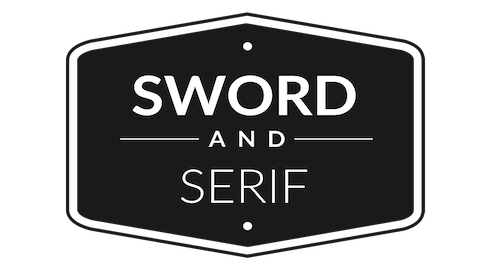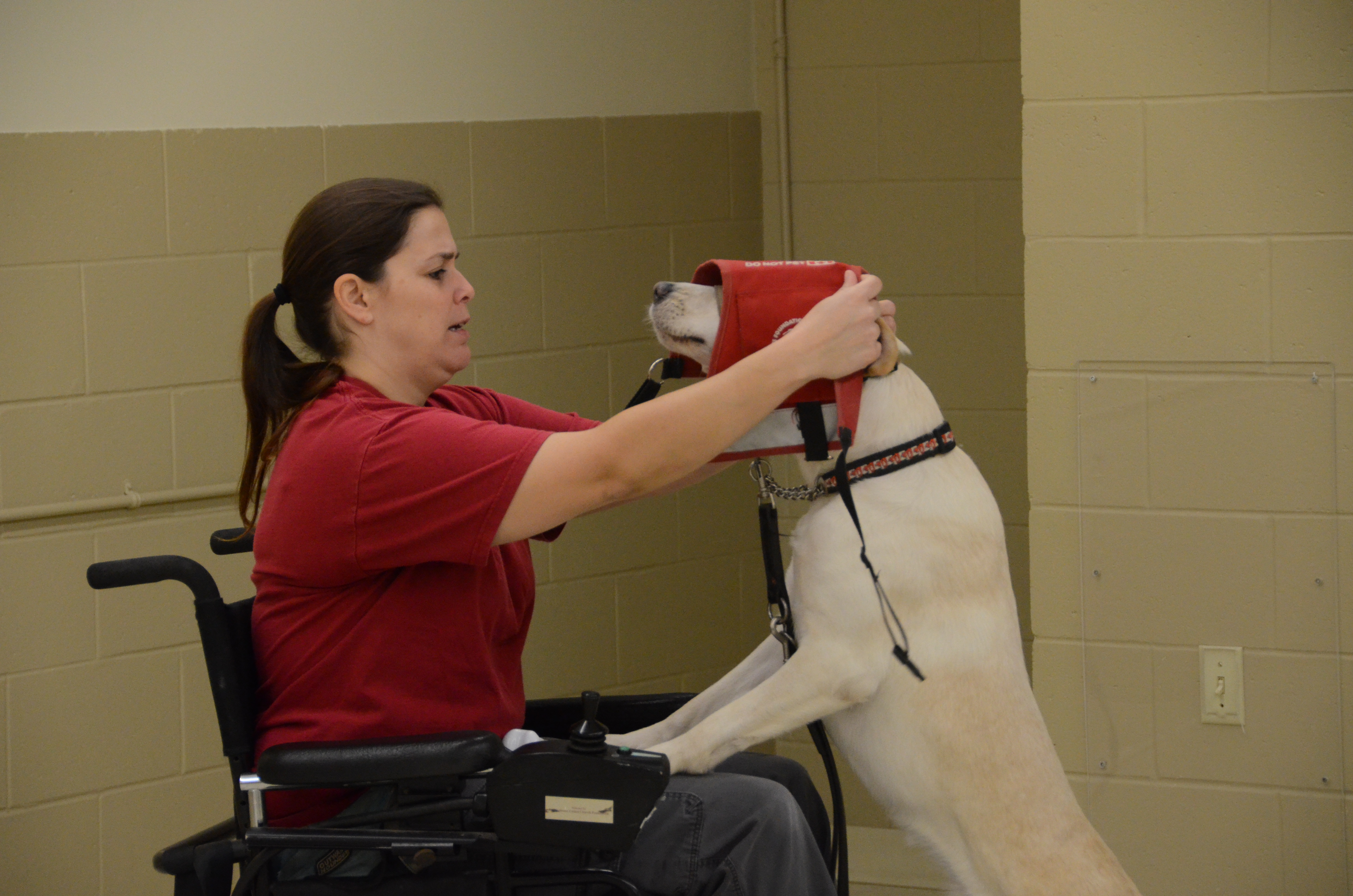It is a truth universally acknowledged, that puppies are literally the cutest animals on the planet.
While puppies are the cutest, they’re more then just soft fur and big, brown eyes. Dogs selected for the Lions’ Foundation of Canada Dog Guide programs are the very best of the best, chosen for their superior health and intelligence, to help people in their daily lives.
The foster family will have the dog for just over a year, and are responsible for socializing the future service dog to environments like malls, restaurants, schools – anywhere their handler may go. They are also responsible for training the dog in basic obedience, and ensuring that the dog can, and will, obey commands. The most important part of being a foster parent however, is loving the puppy as it grows. After all, they have to return to Dog Guides at the end of the year for their formal training.
It takes $25 000 to breed, raise, feed, and train a service dog.
The organization receives no government funding whatsoever, and runs fully on donations. However, foster families don’t have to pay for food or veterinary bills as those are covered by Dog Guides. The only thing the foster family is responsible for paying for for their dog is treats and leashes.
In Training
Dog Guides have six programs for assistance. They are:
- Canine Vision Canada (CVC)
- Dogs are trained to help visually-impaired people by helping them to cross roads, avoid obstacles, etc.
- Service
- These dogs aid people with reduced mobility, and are able to perform duties such as opening and closing doors, fetching laundry and dropped items, as well as retrieving food (in closed containers) from fridges
- Diabetic Alert
- A new program, these dogs are trained to smell drops in blood sugar in those with Type 1 Diabetes who don’t show typical symptoms (hypoglycemic unaware)
- Seizure Alert
- These dogs are trained to alert someone nearby if their handler is having a seizure.
- Hearing Aid
- Trained to respond to certain sounds (for example, spinning when there is a fire alarm) to lead their handler to them, such as phones, their handler’s name, and an alarm clock.
- Autism Assistance
- Dogs are paired with an autistic child, and are their companion. Their primary function is to act as an anchor should the child try to bolt.





















